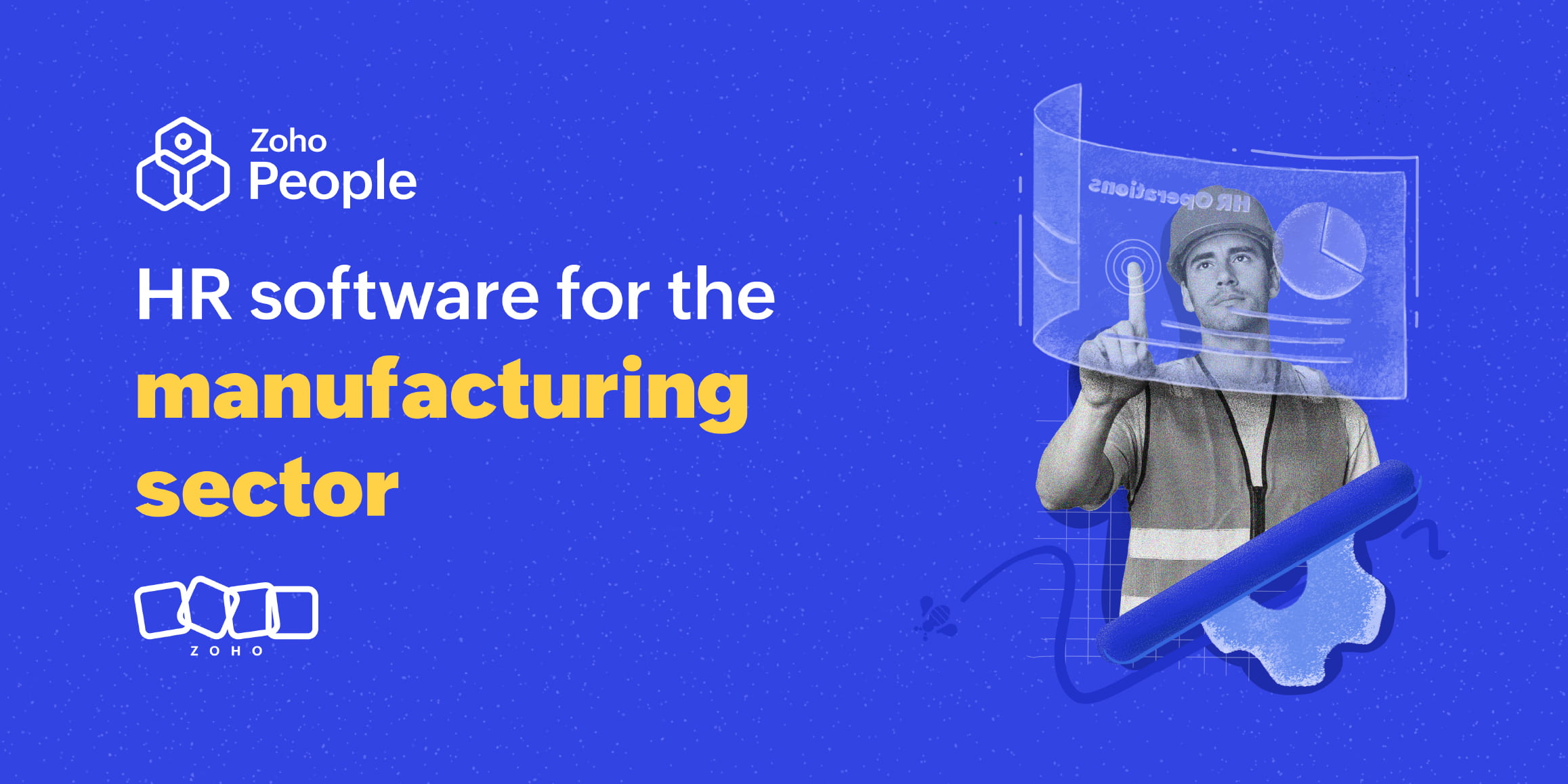- HOME
- HR insights
- What are the different steps involved in offboarding?
What are the different steps involved in offboarding?
- Last Updated : May 2, 2024
- 3.1K Views
- 4 Min Read

Offboarding is as important as onboarding, both in terms of compliance and employee engagement. When you make it a point to manage employees respectfully and maintain a positive relationship, they'll be motivated to discharge their responsibilities properly and ensure a smooth transition. They may also go on to spread the word about your organization, which can be of great value to your employee branding initiatives. In some cases, your former employees may even consider coming back to your organization after a while. Above everything, when you have a structured offboarding program in place, all the compliance-related aspects will happen smoothly. If you are looking to establish a proper offboarding process for your organization, here's a breakdown of offboarding and the six steps involved in every offboarding program:
What is offboarding?
Offboarding in HR is a process by which HR teams formally let go an employee from their organization. The separation can be a result of resignation, termination, layoff, or even retirement. As part of offboarding, organizations usually transfer the responsibilities of the departing employee to an existing employee, conduct exit interviews, revoke access and login credentials, return company assets, fill out the necessary paperwork, and manage the full and final settlement.
What are the different steps involved in offboarding?
Get a formal resignation letter
Once your employee notifies you about their exit, get a formal resignation letter from them and acknowledge that you'll initiate the offboarding process. Many organizations specify the expected notice period in the employment contract, and the ideal time frame is somewhere between two weeks to one month. This ensures that the exit is smooth and doesn't affect your existing processes. In some cases, organizations opt for garden leave, wherein employees are paid during their notice tenure but are not permitted to visit their workplace. This is done mostly to make sure that all the information about their business and clients remains intact. Decide what works best for your organization.
Arrange for knowledge transfer
Once you approve your employee's resignation and fix the notice period, coordinate with their reporting manager. Ask them to be informed of all the projects that they are working on and initiate knowledge transfer to relieve them from the projects as soon as possible. Encourage the departing employee to create documents that detail the process and critical updates regarding their ongoing projects. Be sure to store the information safely and ensure that it is accessible to all the relevant employees. Let one or two of your existing employees observe the responsibilities of the departing employee.
Conduct an exit interview
During the offboarding, it's crucial to understand why your employees are leaving and how they perceive your organization and your work environment. These insights can go a long way toward improving your employee experience and retention strategies. You'll know which of your engagement and managerial initiatives are working and which are not working. Check out this infographic for tips to improve your exit interviews. Here are a few sample questions that you can include as part of your exit interviews to gather better insights:
What caused you to look for a better opportunity?
Did you receive enough training and support to excel in your role?
Were you happy with how your career progressed at our organization?
How is the collaboration and communication among your team?
Did your manager treat you properly during your tenure?
What is one thing that you like and dislike about our organization?
Complete the paperwork
Just like onboarding, offboarding also involves quite a few documents that are necessary to ensure compliance. Document the necessary paperwork like the resignation letter and final pay settlement. Some cases would also involve signing non-disclosure documents that prohibit departing employees from sharing confidential information regarding their research and development initiatives, trade secrets, and unique techniques. Similarly, a non-compete agreement prohibits former employees from competing with their organization after their employment term is over. The paperwork may change based on the rules and regulations governing the region from which your organization operates. It's recommended to go through your labor laws before deciding on the offboarding paperwork.
Retrieve your company assets and determine the final pay
Once the final date of your employee is nearing, notify both your IT and payroll teams. The IT team can help in identifying all the company assets like laptops, mobile phones, and chargers that your employees have and retrieve them on their last day. Similarly, they'll also help in canceling the login credentials of online tools that your departing employees have been using. Further, coordinate with your payroll team to finalize the full and final settlement. This includes their salary, leave payout, gratuity, and retirement benefits.
Send them off with gratitude
Make it a habit to host a send-off party for your leaving employees to show your gratitude for their efforts. It doesn't need to be anything too fancy. For example, you could ask their team to make a lunch or a dinner plan, wherein they get together and share good memories about that particular employee. You can also organize fun games like a scavenger hunt, quizzes about the employee, or farewell bingo to make the event engaging.
Developing a structured offboarding program
Having a proper offboarding program for your leaving employees can make them lifelong ambassadors for your organization and truly take your employer branding initiatives to the next level. It'll also save your organization from compliance-related issues. We hope this blog post gave you a clear idea of how to develop an employee offboarding program!
 Tarika
TarikaContent Specialist at Zoho People


